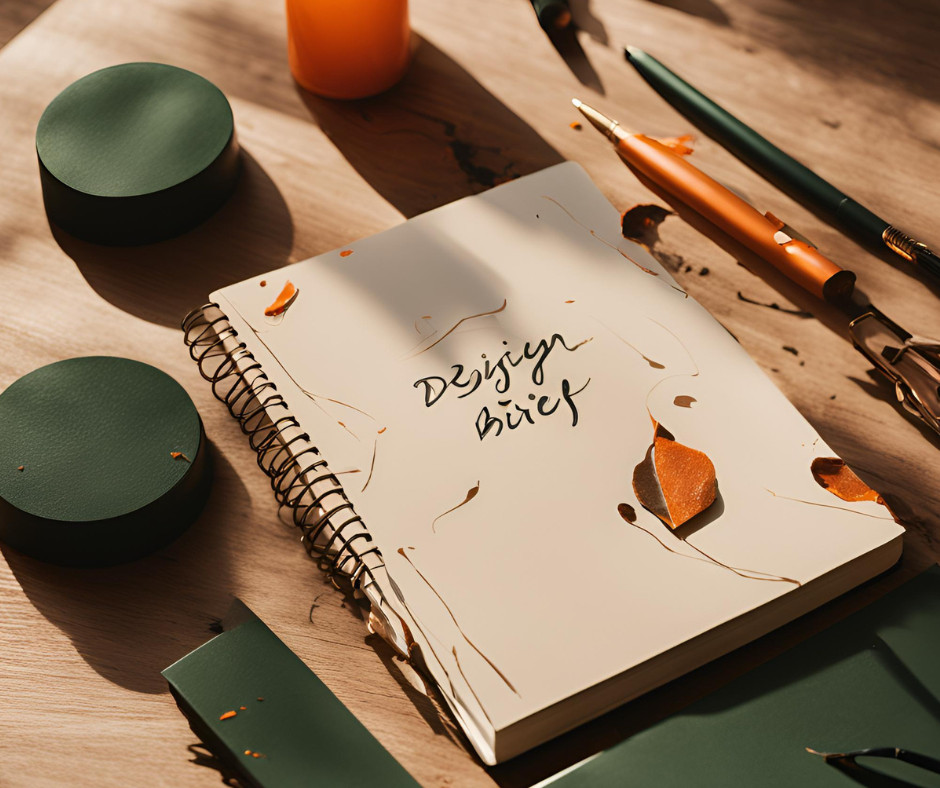How to Put Together a Design Brief for Your Dream Home

How to Put Together a Design Brief for Your Dream Home
Designing your dream home is one of the most exciting journeys you’ll ever embark on. It’s a chance to craft a space that reflects your family’s unique lifestyle and values. However, before diving into sketches or getting carried away with Pinterest boards, it’s essential to take a step back and really think about what you need—what will work for your family and not just what’s popular or advised by others.
When we first bought our land, I was eager to jump straight into designing our future home. I even started sketching rough layouts right away. But as life got in the way—holidays, work, and even the flu—progress slowed. While no physical drawings came to life for a while, my family and I spent countless conversations discussing what we wanted and needed in a home. And that reflection time turned out to be invaluable.
Having worked on numerous homes, renovations, and investment properties, one thing stood out to me: many clients would demand a home with five or more bedrooms. Why? “Resale value,” they’d say.
But when I dug deeper and asked, “Do you really need so many bedrooms?” the answer was often no. Most clients didn’t need them—they were designing homes based on what they thought others wanted.
This raises an important question:
Why Design a Home Based on Someone Else’s Life?
Let’s shift the focus. Forget what real estate agents, trends, or neighbours tell you. This home is about you and your family. Start by asking yourself some critical questions about your actual needs and daily habits:
Guest Rooms:
How often do guests stay over? Is it a few times a year for a night or two, or do you regularly host long-term visitors? Do you need a dedicated guest room that sits unused most of the year, or could you create a multifunctional space? Consider a home office with a sofa bed or Murphy bed, so it can double as a guest room when needed.
Home Office:
With the rise of remote work, many people request a home office. But do you work from home daily? Or is it a space you’ll use occasionally? If you don’t need a dedicated room, a built-in desk with clever storage tucked into a quiet nook or behind closed doors could serve the purpose just as well.
Pantries and Laundries:
Big walk-in pantries and expansive laundries are often high on wish lists, but take a moment to think practically. Do you actually use your laundry for ironing, folding, or other tasks? If not, a streamlined European laundry might be all you need. Similarly, if your pantry is only for storage and not meal prep, a well-organised cabinet system could suffice without taking up additional floor space.
Bathrooms and Wardrobes:
Does every bedroom really need an ensuite? While it may sound luxurious, consider the maintenance and cleaning involved. Teaching kids to share a bathroom not only saves money but also encourages cooperation and life skills. The same goes for wardrobes—built-in wardrobes often serve the purpose just as well as walk-in robes, without the extra cost of creating additional circulation space.
Garages and Storage:
Do you need a garage, or would a carport suffice? If the goal is storage, you might find it more cost-effective to build a carport paired with a separate secure shed. This approach offers ample storage without the expense of a full garage.
Rethinking Space for Health and Wellbeing
A thoughtfully designed home isn’t just about functionality—it’s also about creating a space that promotes your family’s health and happiness.
By focusing on spaces that reflect your actual needs, you can avoid the stress of maintaining unused rooms or oversized areas. Smaller, purpose-driven spaces are easier to clean, keep organised, and live in comfortably. Plus, multi-functional spaces promote flexibility and adaptability, ensuring your home grows with your family over time.
When it comes to health, reducing unnecessary spaces and clutter can have a calming effect on your mental wellbeing. Designing your home around natural light, ventilation, and practical living spaces can improve indoor air quality and make your home a more pleasant environment for your family to thrive.
Key Questions to Ask Yourself
When putting together your design brief, focus on how you live:
- How does your family use each space daily?
- What features make life easier or more enjoyable?
- How can each space serve multiple functions?
- What areas do you need to prioritise for comfort, practicality, and wellbeing?
Ready to Start Your Dream Home?
Creating a design brief isn’t about following trends or meeting someone else’s expectations. It’s about reflecting on what truly matters to you and your family. By focusing on your unique needs, you’ll design a home that feels purposeful, healthy, and perfectly suited to your lifestyle.
At Reimagined Habitat, we specialise in helping families create homes that prioritise sustainability, functionality, and wellbeing. If you’re ready to start crafting a home that works smarter—not harder—for you, reach out to us today. We’d love to guide you through this exciting journey!
